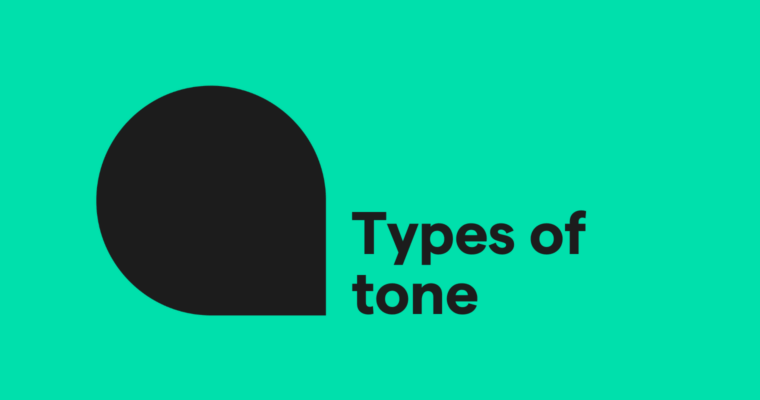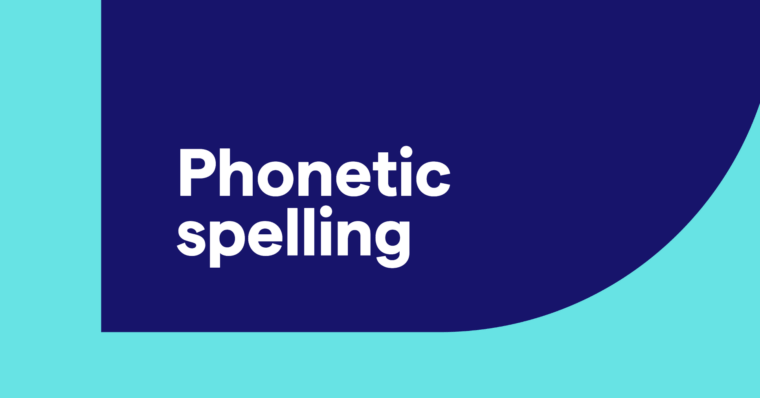
- Different types of tone in writing indicate the author’s feelings about a subject or topic to the reader.
- Think of tone in writing as the attitude your words convey.
- Deliver tone in your writing through word choice, punctuation, and sentence structure.
- Common types of tone in writing include formal, informal, optimistic, assertive, encouraging, and cooperative, among many others.
- Consider what you want your audience to feel when deciding which tone to use in your writing.
Learning to master tone—whether writing an email, article, or short fiction—helps you convey to a reader your true feelings about a topic. Here’s what you need to know about tone, including some of the most common types of tone in writing and examples of each.
Table of contents
What are 10 common types of tone?
How to convey your intended tone
What is tone in writing?
Tone in writing is the attitude your words convey. It reveals the author’s feelings about a subject or topic to the reader. Like tone of voice, tone in writing gives much more context beyond words. In writing, tone can be delivered in different grammatical ways, including word choice, punctuation, and sentence structure.
During in-person communication, verbal, audial, and visual cues convey your feelings about what you’re saying. For example, your facial expressions, vocal pitch, and body language can communicate information about your attitude toward a topic. Different tones in writing achieve a similar goal: to illustrate an emotional perspective through words.
The emotional response the author intends to elicit doesn’t always translate to the reader, and slight differences in tone can significantly impact how a reader receives a message. Tone can disclose intention or conceal it.
If, for example, your boss sent you a message that said, “Do you have a minute to talk?” you might think, “Oh no, what’s wrong?” If she rephrased it as, “Got time to chat real quick?” you might be less alarmed. That contrast is because of tone.
Tone is as diverse as our emotions. It can convey the positive, negative, neutral, and everything in between. The primary purpose of tone in writing is to help your reader better understand your emotions on a subject. Consider what you want your audience to feel when determining what tone to use in your writing.
What are 10 common types of tone?
The many types of tone make for endless possibilities in your writing. Below are ten common tones and specific word choices or techniques you can use to achieve them.
1 Formal
A formal writing tone is common in academic or professional contexts. This tone focuses on being thorough and direct yet respectful. It uses complete words rather than contractions and emphasizes facts and grammatical correctness.
2 Informal
An informal tone is the opposite of a formal tone. Informal tone in writing is conversational and expressive, similar to how you’d speak to a friend. It uses contractions, colloquial phrases, and more emotion than formal writing. Its sentence structure can be shorter and feature a choppy rhythm, or it can be long and chatty.
3 Optimistic
Writing in an optimistic tone can convey a sense of hope and a positive outlook for the future. It uses uplifting language to express satisfaction and aspiration.
4 Worried
A worried tone can make your reader apprehensive or uneasy. It communicates feelings of anxiousness about something unknown.
5 Friendly
A friendly tone is warm, nonthreatening, and can elicit trust. Depending on your writing, this tone can also have a mix of formal or informal tones. Generally, it’s lighthearted and kind. Exclamation points can convey warmth or enthusiasm.
6 Curious
A curious tone in your writing tells the reader that there are compelling details that you still want to uncover. Use this tone creatively to keep your reader intrigued about learning more.
7 Assertive
An assertive tone exudes confidence and authority. It can also be insistent and straightforward. This tone can help you persuade your audience about a topic.
8 Encouraging
An encouraging tone is supportive and understanding. It gives readers reassurance to overcome their fears and take action.
9 Surprised
When writing with a surprised tone, you capture how something is unexpected. This tone can elicit different types of astonishment, such as joy or shock.
10 Cooperative
A cooperative tone is typical in the workplace. Your word choice—often evoking positivity and collaboration—and use of the pronoun we can invite mutual participation toward a shared goal.
How to convey your intended tone
To convey your intended tone, choose words and phrases that reflect the emotion or attitude you wish to communicate. Use punctuation to help emphasize your tone, whether it’s excitement, sarcasm, or solemnity, making your intentions clear to the reader.
Even if you intend to convey a specific tone, your word choice may not match. It’s also easy to shift tones unconsciously. Grammarly’s tone detector can help when your writing doesn’t sound how you want it to.
For example, suppose you aim to write a neutral response to a difficult work exchange, and your writing includes some unintentionally harsh language. In that case, our suggestions will redirect you to soften your wording so you don’t offend your reader.
Grammarly’s tone detector analyzes each sentence’s word choice, phrasing, punctuation, and capitalization to identify its tone. It then offers tone suggestions so you can easily make adjustments and feel confident that your readers will react how you expect them to.






